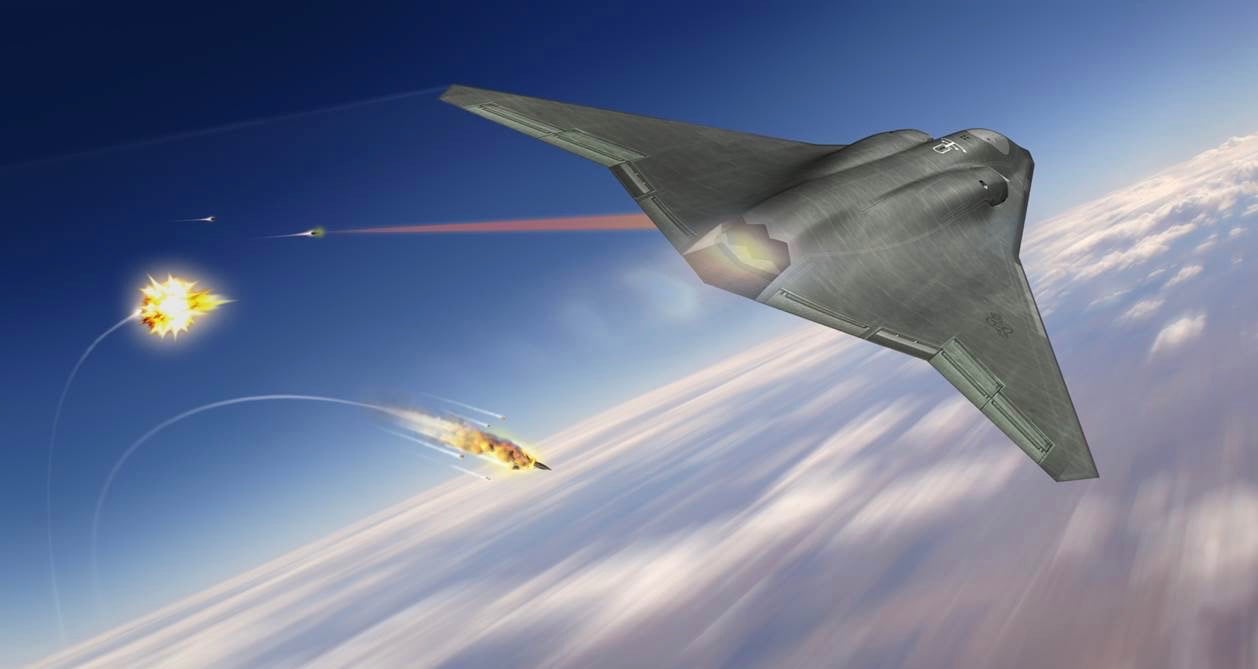In its $185.1 billion 2024 fiscal year budget request, the US Air Force seeks to decommission 310 aircraft, which authorities believe will free up more funds for developing cutting-edge assets like the Next Generation Air Dominance (NGAD) fighter.
The budget for the service for FY24, unveiled on March 13, requests an extra $5.4 billion over the $179.7 billion that Congress approved for FY23.
In the service’s FY24 budget, Air Force is also making another attempt to retire 32 older Block 20 F-22s, which the service notes are not combat-coded after Congress rejected a similar proposal in FY23.
By doing this, the existing F-22 fleet’s overall size would drop from about 183 to 151. The Air Force intends to eventually replace all of its Raptors with a new sixth-generation stealth combat jet being built under the NGAD program.
Currently, the service plans to buy 200 aircraft, each of which will cost hundreds of millions of dollars; however, this is only a preliminary estimate and could grow in the future.

Frank Kendall, the secretary of the Air Force, recently also announced that the service expects to acquire 200 NGAD fighters and 1,000 CCAs, a “nominal quantity” that authorities indicated will serve as a first tranche but which is nonetheless the first estimate to be made public.
Building on patterns set by the fiscal 2023 budget, the service is requesting more retirements for FY24 while also trying to start new initiatives, including a program to deploy autonomous wingmen.
The Air Force’s research, development, test, and evaluation (RDT&E) portfolio sees a significant increase in funding, with budgets allocated to reaching the seven operational imperatives outlined by Air Force Secretary Frank Kendall.
These seven operational imperatives are Space order of battle; operationally focused advanced battle management systems; moving target engagement; tactical air dominance; resilient basing; global strike; and readiness to deploy and fight.
“We’ve built a budget that we think has a reasonable balance between current-, midterm- and longer-term investments, if you will, or capabilities,” Kendall said.
On The Way To The Boneyard
The Air Force’s proposal to retire 310 aircraft in 2024 would significantly increase over the 150 aircraft it suggested retiring in the 2023 budget, albeit only 115 of those were eventually authorized by Congress.
The service’s efforts to eliminate older, outmoded airframes from its fleet would advance significantly if lawmakers approved all or even most of these retirements.
The Air Force attempted to double the number of Warthog retirements to 42 in FY24 after being encouraged by the FY23 NDAA, which allowed A-10 retirements to proceed despite years of vehement opposition by lawmakers.
The Warthog has been on the retirement list for years due to the Air Force’s argument that it would be too vulnerable to an adversary with sophisticated air defenses and should be replaced with more modern fighters.
The Air Force aims to retire all A-10s by 2029, according to Air Force Chief of Staff Gen. CQ Brown, who announced to media at the Air and Space Forces Association convention in Colorado on March 7.
In addition, the Air Force seeks to retire 57 F-15 C/D fighter jets. Some of those Eagle jets are nearly four decades old and are approaching the end of their service life. The Air Force is interested in investing in new F-35s and newly manufactured F-15EX Eagle II fighters from Boeing to replace the retiring fighters.
As noted, the Air Force is again attempting to retire 32 Block 20 F-22A Raptor fighters that are no longer combat-capable and are primarily used for training. The first attempt by the Air Force to retire 33 of those F-22s was thwarted by Congress last year.
Also, the Air Force has selected to deactivate one B-1B Lancer bomber that experienced an engine fire in April 2022 rather than trying to restore it. The service would then be down to 44 B-1s.
Also, the Air Force wants to move forward with plans to phase down the E-3 Sentry AWACS aircraft in 2024. In its budget request for 2023, the Air Force recommended retiring 15 of its 31 AWACS, but only 13 of those requests were approved by lawmakers.
Congress put restrictions on those retirements by requiring the service to submit a report on the E-3 retirement and its acquisition plan to replace it with the E-7.
On March 10, Maj. Gen. Michael Greiner, the Air Force’s deputy assistant secretary for budget, said that the Air Force believes it has satisfied the criteria for the AWACS retirements this year.
The service stated that it plans to retire two more E-3s in the 2024 budget request, leaving it with 16. Under the budget, the service is also expected to retire the remaining 24 KC-10 Extender refueling tankers and 48 Block 1 MQ-9 Reapers.
Moreover, the last three E-8 JSTARS (joint surveillance target attack radar systems) would be retired. The Air Force also contemplates retiring 52 T-1 Jayhawk twin-engine jet trainers and 37 HH-60G Pave Hawk combat rescue helicopters.
The Air Force hopes to purchase 48 F-35As in 2024 instead of the 43 that Congress authorized in 2023. Also, the proposed budget would cover the purchase of 15 Boeing KC-46A Pegasus refueling tankers and 24 F-15EX fighters in 2024.
- Contact the author at ashishmichel(at)gmail.com
- Follow EurAsian Times on Google News